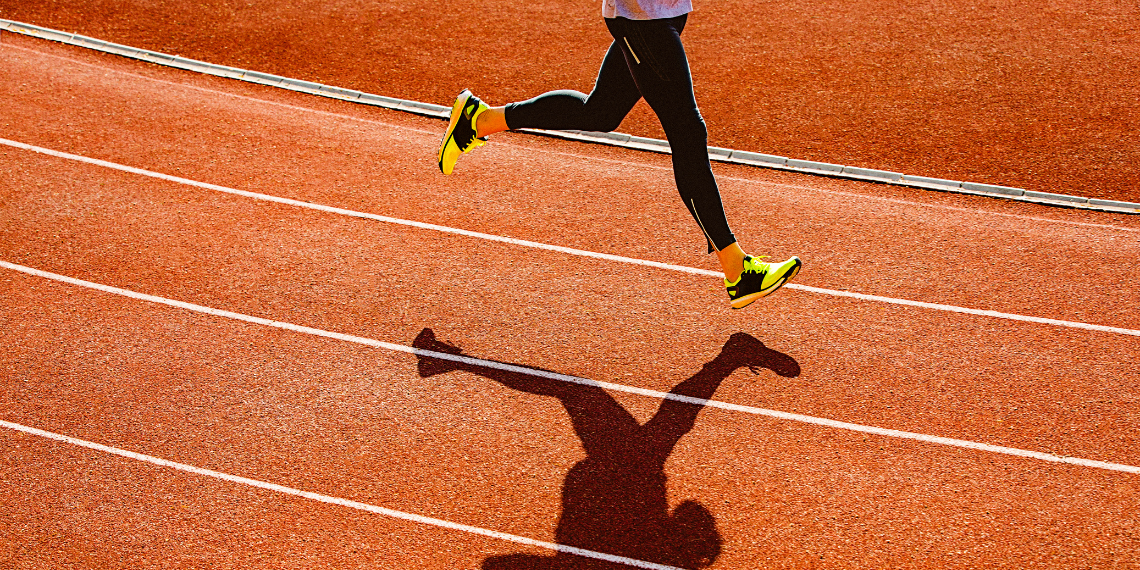Slowing the Surge: Can Timing of Exercise Help Reduce Unhealthy Spikes in Blood Pressure?

We all know that exercise is an important part of maintaining a healthy lifestyle, and a key step in preventing disease. But what if when you exercise could be just as important as how you exercise? A new study from Dr. Philip Millar’s Human Cardiovascular Physiology Lab in the Department of Human Health and Nutritional Sciences suggests the answer may be more complicated than expected.
When it comes to studying an individual’s risk of cardiovascular disease, many consider blood pressure to be a gold standard indicator – the higher your blood pressure, the higher your risk of disease.
Many factors can impact blood pressure throughout the day. For example, it is natural for an individual’s blood pressure to dip in the evening and surge in the morning. This surge prepares the body for the increased pressure needed to “get up and go” to start the day. However, too high of a morning surge is its own risk factor for disease.
Intrigued by the relationship between morning blood pressure changes and disease risk, Millar and PhD candidate Julian Bommarito set out to investigate how timing of exercise may affect the size of this blood pressure surge.
“We know that, in general, a bout of exercise can have beneficial effect on blood pressure for up to 24 hours. But no one has looked at whether morning versus evening high-intensity interval exercise has a greater impact on the size of the morning blood pressure surge,” explains Millar.
Millar and Bommarito asked healthy, young adults to complete a bout of high-intensity exercise in the morning or evening and then monitored their blood pressure for 24 hours.
The results were not quite what they expected. High-intensity exercise at either time of day did not alter the magnitude of the morning blood surge.
“Due to the intensity of the exercise, we thought we would see a post-exercise drop in morning blood pressure across all participants, but that is not what happened,” says Millar. He notes that may have had something to do with the fact that their participants, who were all between 19 and 27 years old, were already healthy with a low blood pressure to begin with.
Instead, the researchers found that individuals seemed to fit into one of two groups: those who benefitted most from morning exercise and those who benefitted most from evening exercise. These groups aligned with the participants “chronotype” – that is, whether their natural circadian rhythm makes them more of a morning person or night person.
This adds an important consideration when planning exercise for cardiovascular health benefits around other lifestyle factors, such as shift work and sleep schedules.
With a complex array of factors influencing blood pressure, the study adds to a growing body of work attempting to identify ideal times to exercise to achieve maximum clinical benefit.
“It’s a breadcrumb on the trail of where to go next,” says Millar.
Read the full study in the journal Applied Physiology, Nutrition, and Metabolism.
Read about other CBS Research Highlights.